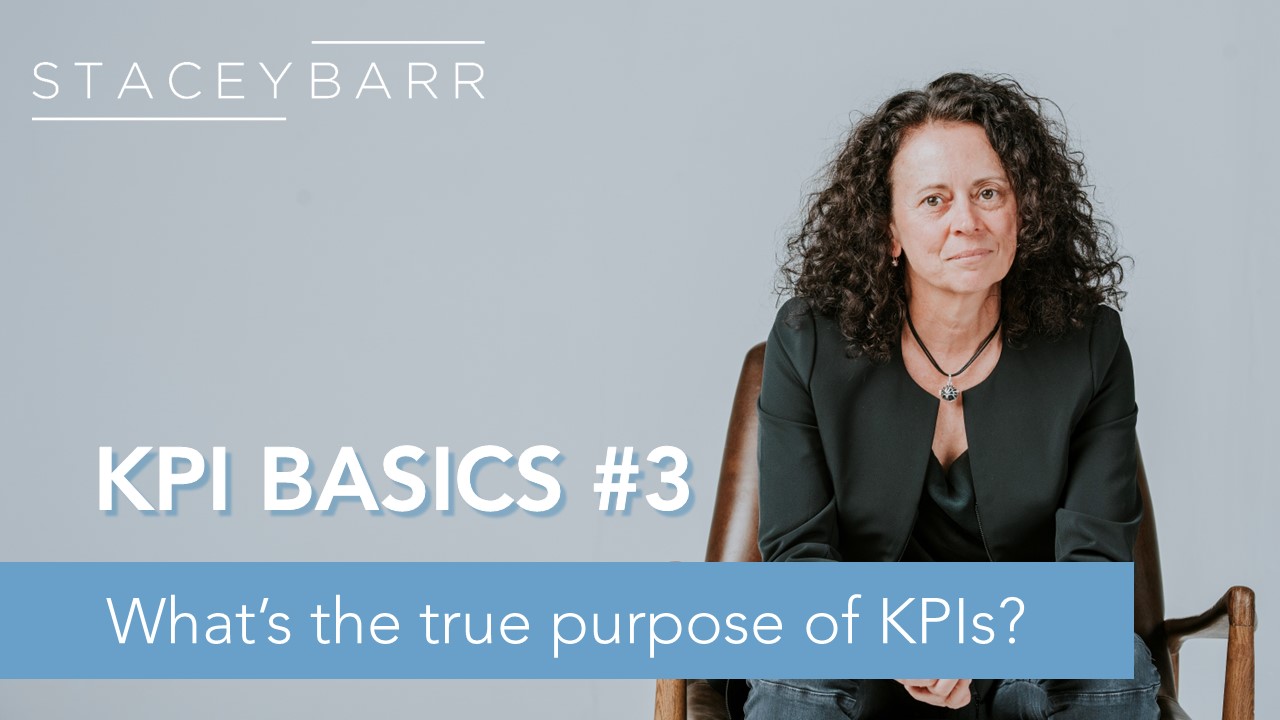|
How to Navigate and Reduce KPI Overload
Ironically, we can measure a countless number of things in our organisations and businesses. It's easy to be overwhelmed and feel lost. But we can learn to navigate through our KPI overload to more easily decide how, when, why and whether to use each of them.
An overload of KPIs can feel like a universe of measures that is impossible to try and make sense of. But we can reduce this KPI overload by giving some order to the chaos of our measures universe.
This order is based on the principle that we measure to improve things that matter, or at least make sure the things that matter are tracking well. Some things will be more urgent to improve, and others less urgent. Some things will be more important to improve, and others less important. And this offers dimensions to a model that helps us classify our KPIs or measures in a way that we can more easily decide how, when, why and whether to use them.

Our model gives us five basic classifications of KPIs in the measures universe:
- Performance measures
- Business-as-usual measures
- Political measures
- Regulatory and benchmark measures
- Legacy measures
Performance measures: important and urgent.
Performance measures are a subset within the measures universe. They are measures of business results prioritised by the current strategic direction. This makes KPIs in this classification both important and urgent to improve. The strategic direction acts like a gravity that pulls the relevant measures from all levels in the organisation into alignment with the current strategic goals.
This gravity metaphor may have inadvertently been the inspiration for PuMP's Results Map, which does exactly that: it pulls all the performance measures throughout the organisation or business into alignment with the current strategic goals.

[Click to see a larger image]
Performance measures are the focus of performance dashboards, and should set the agenda of routine strategic performance review conversations. These are measures an organisation sets improvement targets for, and prioritises time and resources to close their performance gaps. And that's what achieves the strategy.

Discover more at PuMP Academy
Watch Our Free Educational Videos...
Here is one video that builds a little on this month's Measure Up topic:
KPI BASICS #3: What is the Purpose of KPIs and Performance Measures?. What's the real role of performance measurement? To serve the bureaucratic machine? To keep an eye on employees? To hold executives accountable? Does the role change depending on whose measuring and what they're measuring?

Visit PuMP's YouTube channel for more practical and educational videos on performance measurement and strategy execution.
|









